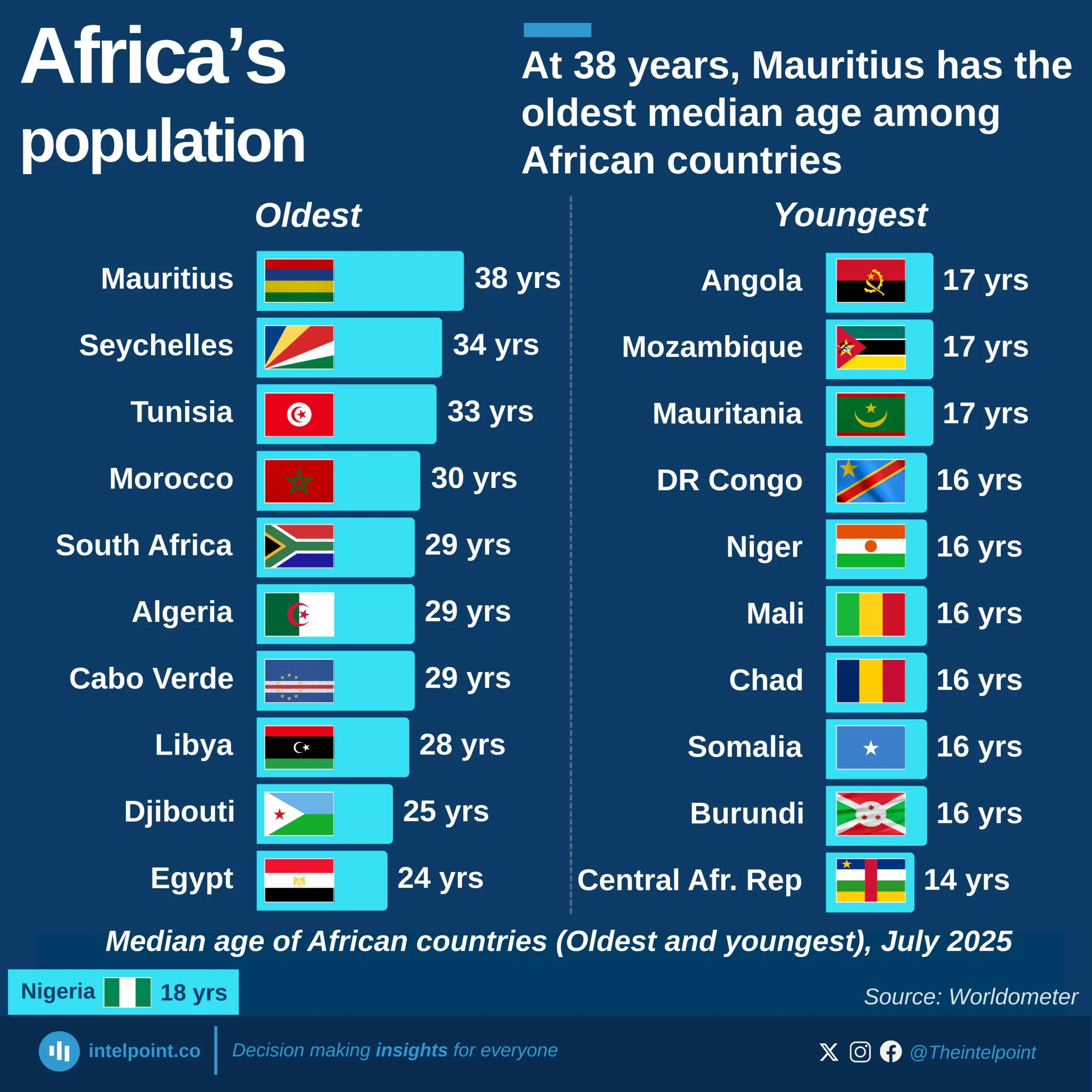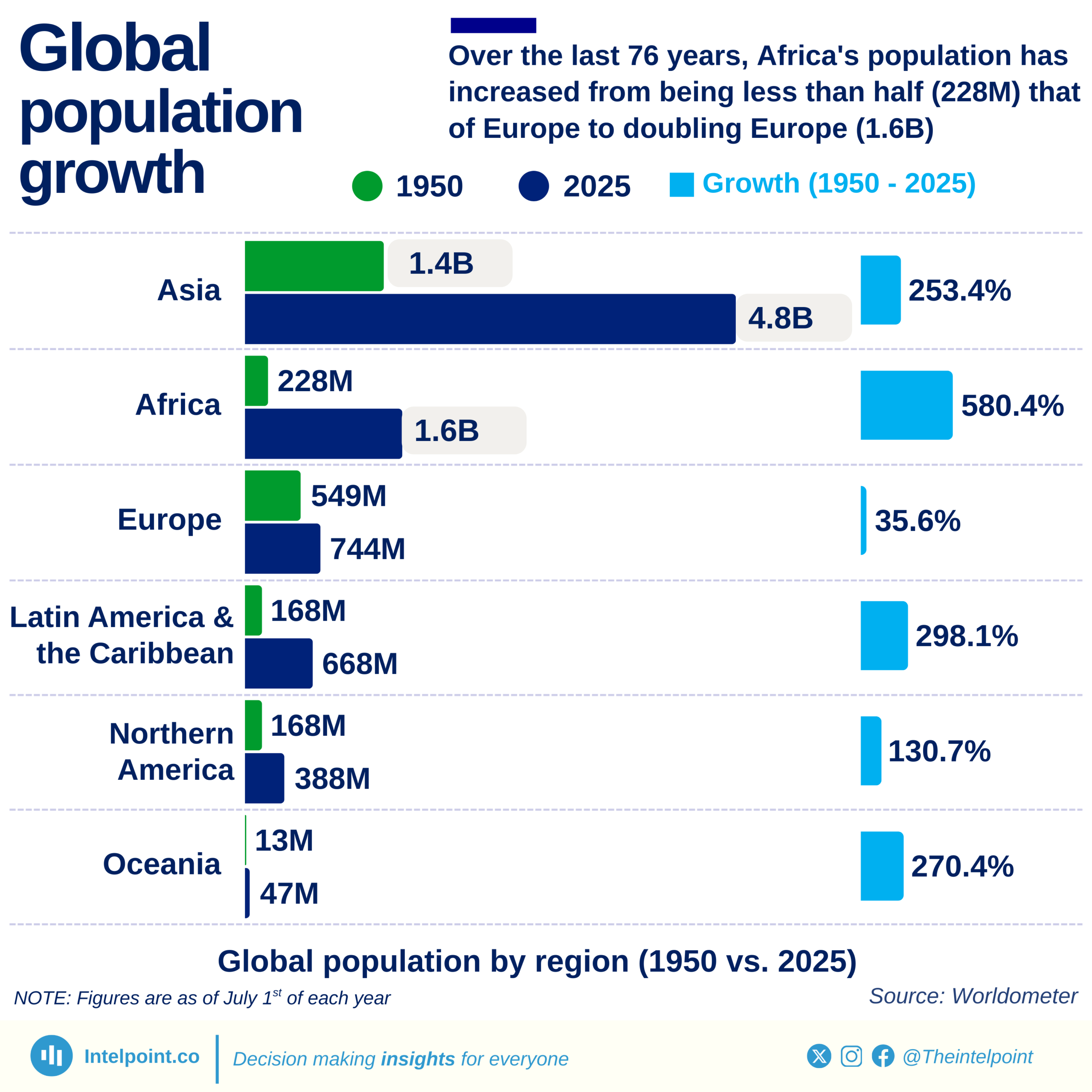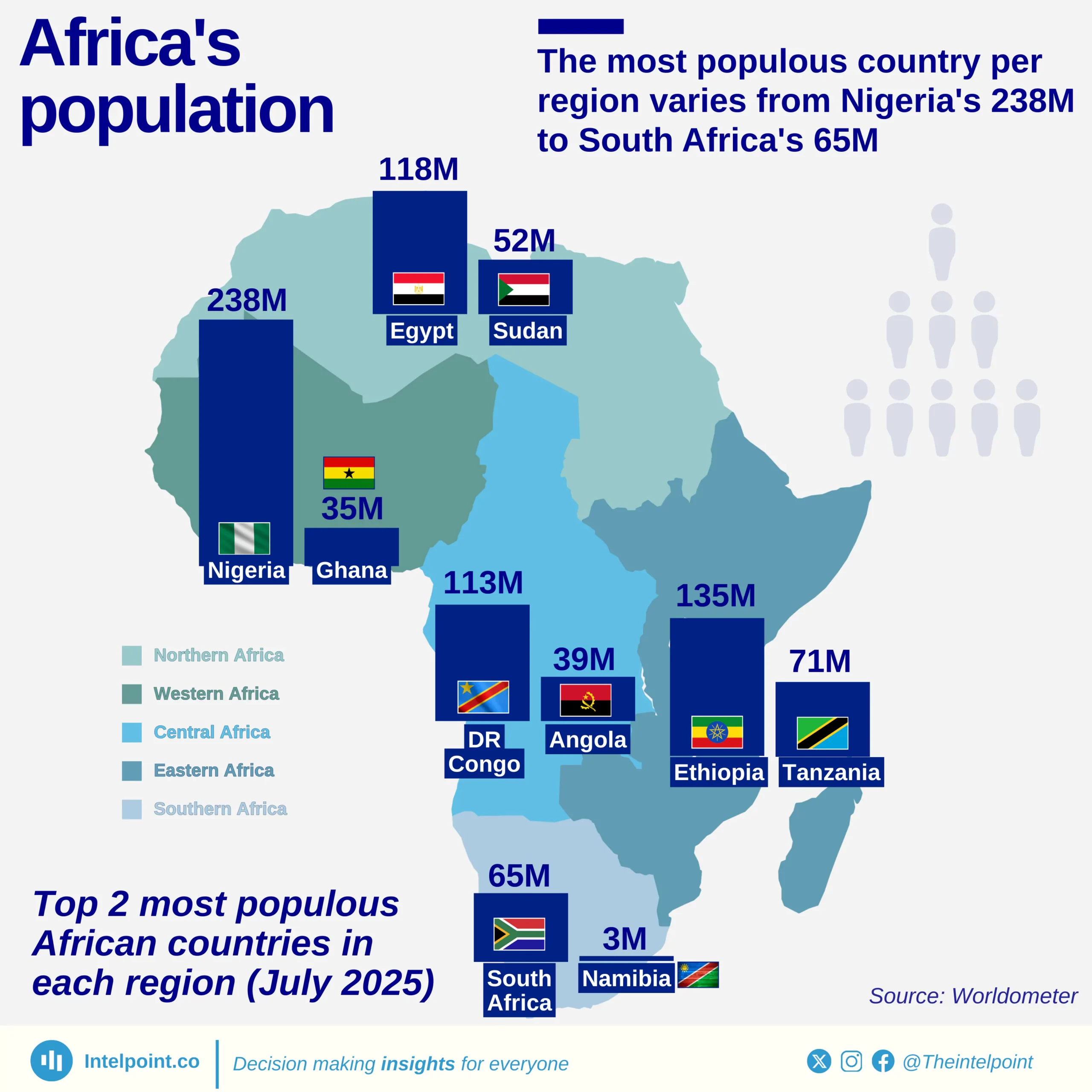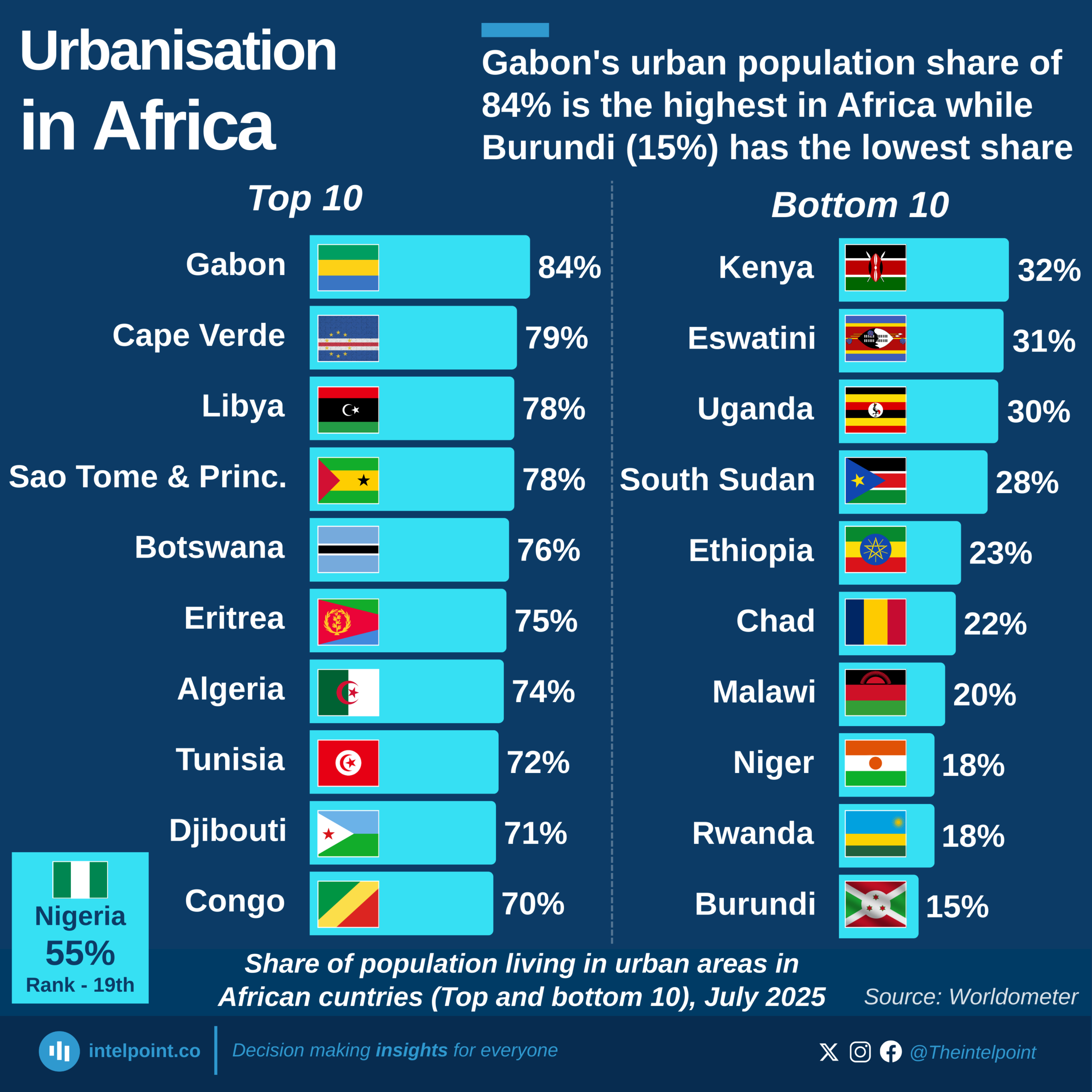Census spending in Nigeria has increased since the country’s early years of independence , from just $6.2 million in 1962 to hundreds of millions in the early 2000s. While there is no public data for the 1991 census expenditure, the overall trend shows a growing investment in national data collection efforts. As the country awaits the exact budget for the upcoming 2025 census report, President Tinubu has formed a new Census Committee and given it a three-week deadline to deliver the report. With nearly two decades since the last census in 2006, this national exercise is critical for updating demographic and socio-economic data.





